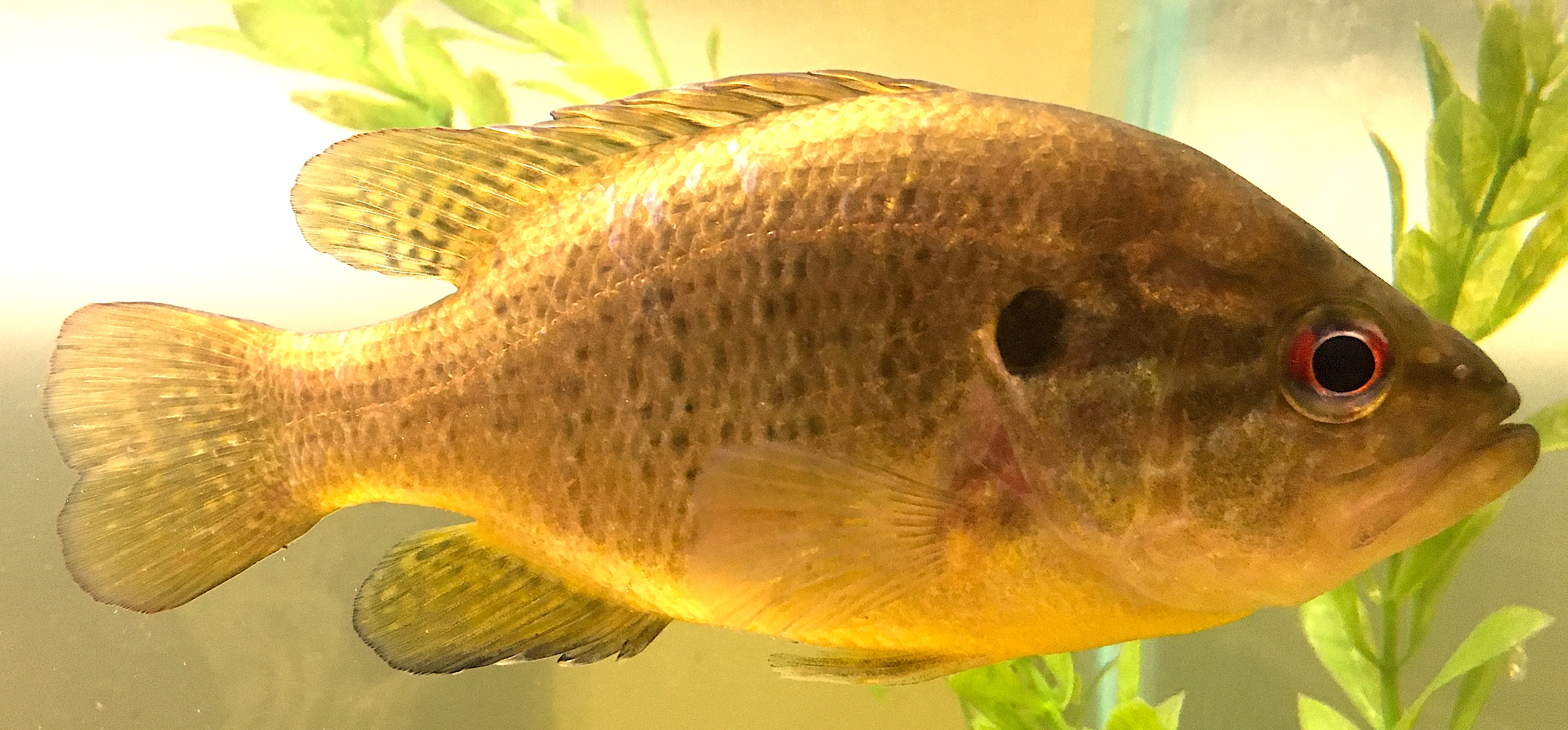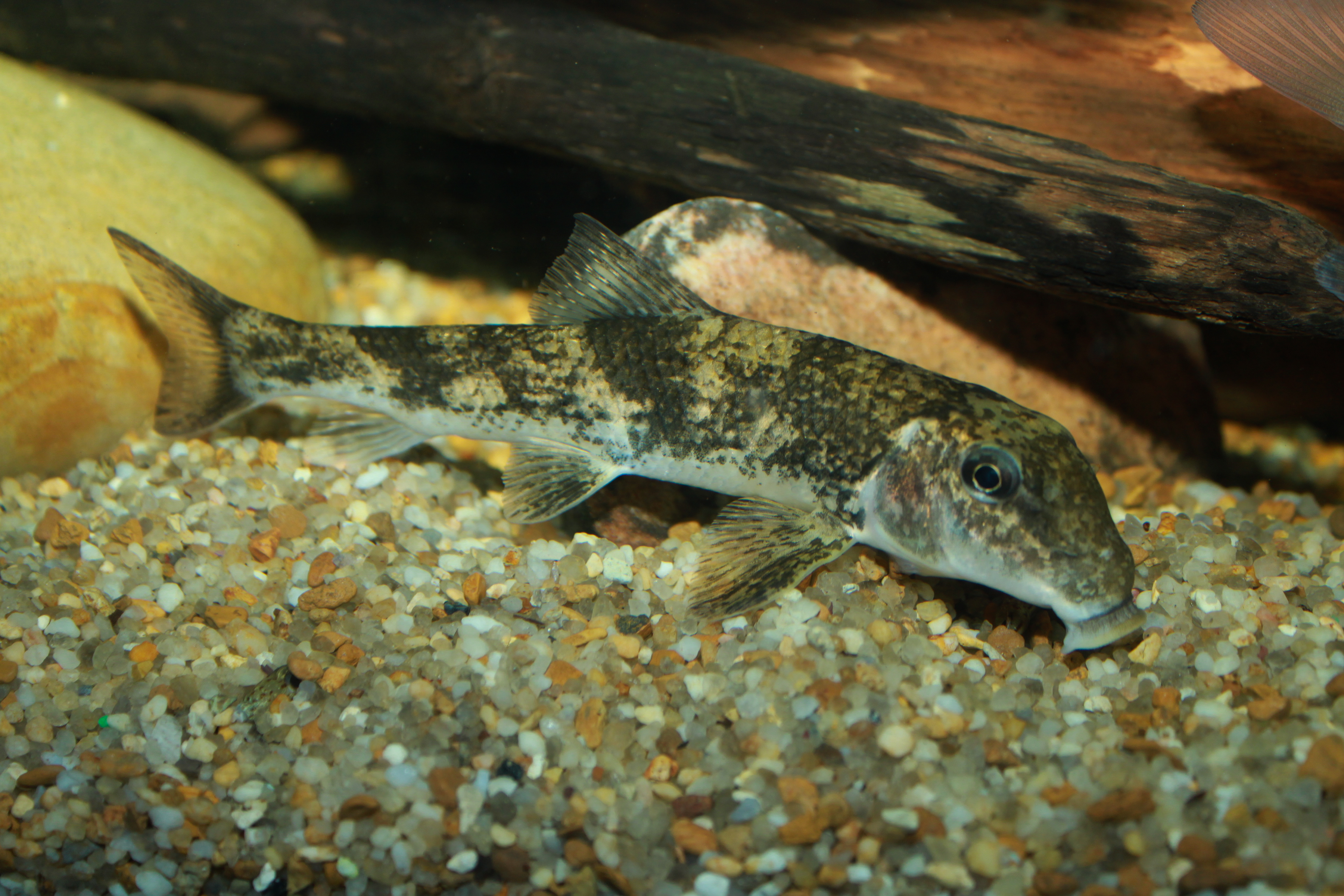|
Wazee Lake
Wazee Lake is a lake east of Black River Falls, Wisconsin, in the town of Brockway, Jackson County, Wisconsin, United States. The name "Wazee" means "tall pine" in the Ho-Chunk language. The artificial lake is the deepest lake within the state of Wisconsin, with a maximum depth of approximately . The man-made lake was formed after the site was used as a quarry for taconite mining between the mid-1960s through April 1983. The quarry produced about 850,000 tons of taconite pellets each year. The mine closed in 1983 as a result of a crash of the domestic steel markets in the United States. When the mine was in operation, pumps removed about of water per minute from the quarry. Once these pumps were shut down, the quarry began filling with water. The lake is now part of a county park known as Wazee Lake Recreation Area. The lake is a prime scuba diving destination because of its deep, clear water. Visibility averages between and during the summer months. There are also visible re ... [...More Info...] [...Related Items...] OR: [Wikipedia] [Google] [Baidu] |
Brockway, Wisconsin
Brockway is a town in Jackson County, Wisconsin, United States. The population was 2,580 at the 2000 census. The unincorporated communities of Brockway, Sand Pillow, Sheppard, and Vaudreuil are located in the town. History The Town of Brockway was organized out of a portion of the town of Albion in the early 1890s.Black River Falls history blackriverfalls.com (Jackson County Historical Society), Retrieved 12 November 2018 It was named for , an area sawmill and steamboat operator who served in the Wisconsin legislature in 1872. The town of Komensky ... [...More Info...] [...Related Items...] OR: [Wikipedia] [Google] [Baidu] |
Bluegill
The bluegill (''Lepomis macrochirus''), sometimes referred to as "bream", "brim", "sunny", or "copper nose" as is common in Texas, is a species of North American freshwater fish, native to and commonly found in streams, rivers, lakes, ponds and wetlands east of the Rocky Mountains. It is the type species of the genus ''Lepomis'' (true sunfish), from the family Centrarchidae (sunfishes, crappies and black basses) in the order Perciformes (perch-like fish). Bluegills can grow up to long and about . While their color can vary from population to population, they typically have a very distinctive coloring, with deep blue and purple on the face and gill cover, dark olive-colored bands down the side, and a fiery orange to yellow belly. They are omnivorous and will consume anything they can fit in their mouth, but mostly feed on small aquatic insects and baitfishes. The fish are important prey for bass, other larger sunfish, northern pike and muskellunge, walleye, trout, herons, ... [...More Info...] [...Related Items...] OR: [Wikipedia] [Google] [Baidu] |
Diving Quarries
Diving most often refers to: * Diving (sport), the sport of jumping into deep water * Underwater diving, human activity underwater for recreational or occupational purposes Diving or Dive may also refer to: Sports * Dive (American football), a type of play in American football * Diving (association football), a simulation of being fouled * Diving (ice hockey), embellishing an infraction in an attempt to draw a penalty * Sport diving (sport), competitive scuba diving using recreational techniques in a swimming pool * Taking a dive, or match fixing, intentionally losing a match, especially in boxing Film and television Film * ''Dive'' (film), a 1929 German silent film * ''The Dive'' (1990 film), a Norwegian action thriller * ''Dive!'' (film), a 2010 documentary film by Jeremy Sefert * ''Dive'', a 2014 New Zealand short film written and directed by Matthew J. Saville * ''The Dive'' (2018 film), an Israeli film TV * ''Dive'' (TV series), a 2010 British drama * "The Dive" ... [...More Info...] [...Related Items...] OR: [Wikipedia] [Google] [Baidu] |
Reservoirs In Wisconsin
A reservoir (; from French ''réservoir'' ) is an enlarged lake behind a dam. Such a dam may be either artificial, built to store fresh water or it may be a natural formation. Reservoirs can be created in a number of ways, including controlling a watercourse that drains an existing body of water, interrupting a watercourse to form an embayment within it, through excavation, or building any number of retaining walls or levees. In other contexts, "reservoirs" may refer to storage spaces for various fluids; they may hold liquids or gasses, including hydrocarbons. ''Tank reservoirs'' store these in ground-level, elevated, or buried tanks. Tank reservoirs for water are also called cisterns. Most underground reservoirs are used to store liquids, principally either water or petroleum. Types Dammed valleys Dammed reservoirs are artificial lakes created and controlled by a dam constructed across a valley, and rely on the natural topography to provide most of the basin of the re ... [...More Info...] [...Related Items...] OR: [Wikipedia] [Google] [Baidu] |
Bodies Of Water Of Jackson County, Wisconsin
Bodies may refer to: * The plural of body * ''Bodies'' (2004 TV series), BBC television programme * Bodies (upcoming TV series), an upcoming British crime thriller limited series * "Bodies" (''Law & Order''), 2003 episode of ''Law & Order'' * Bodies: The Exhibition, exhibit showcasing dissected human bodies in cities across the globe * ''Bodies'' (novel), 2002 novel by Jed Mercurio * ''Bodies'', 1977 play by James Saunders (playwright) * ''Bodies'', 2009 book by British psychoanalyst Susie Orbach Music * ''Bodies'' (album), a 2021 album by AFI * ''Bodies'' (EP), a 2014 EP by Celia Pavey * "Bodies" (Drowning Pool song), 2001 hard rock song by Drowning Pool * "Bodies" (Sex Pistols song), 1977 punk rock song by the Sex Pistols * "Bodies" (Little Birdy song), 2007 indie rock song by Little Birdy * "Bodies" (Robbie Williams song), 2009 pop song by Robbie Williams * "Bodies", a song by Megadeth from ''Endgame'' * "Bodies", a song by The Smashing Pumpkins from ''Mellon Collie an ... [...More Info...] [...Related Items...] OR: [Wikipedia] [Google] [Baidu] |
Warmouth
The warmouth (''Lepomis gulosus'') is a freshwater fish of the sunfish family (Centrarchidae) that is found throughout the eastern United States. Other local names include molly, redeye, goggle-eye, red-eyed bream, and strawberry perch. Description The adult warmouth is dark, with a mottled brown coloration. Its belly is generally golden, and the male has a bright-orange spot at the base of the dorsal fin. Three to five reddish-brown streaks radiate from the eyes, and the gill flaps are often red. It has three spines in the anal fin, 10 spines in the dorsal fin, and small teeth are present on the tongue. These fish range in size from 4 to 10 inches (10.2 to 25 cm), but can grow to over 12 inches (31 cm) in length, and weigh up to 2.25 pounds (1 kg). The warmouth is occasionally confused with the rock bass or green sunfish, both of which share its relatively large mouth and heavy body. However, the green sunfish generally has a greenish-blue variegated pa ... [...More Info...] [...Related Items...] OR: [Wikipedia] [Google] [Baidu] |
Walleye
The walleye (''Sander vitreus'', synonym ''Stizostedion vitreum''), also called the yellow pike or yellow pickerel, is a freshwater perciform fish native to most of Canada and to the Northern United States. It is a North American close relative of the European zander, also known as the pikeperch. The walleye is sometimes called the yellow walleye to distinguish it from the blue walleye, which is a color morph that was once found in the southern Ontario and Quebec regions, but is now presumed extinct. However, recent genetic analysis of a preserved (frozen) 'blue walleye' sample suggests that the blue and yellow walleye were simply phenotypes within the same species and do not merit separate taxonomic classification. In parts of its range in English-speaking Canada, the walleye is known as a pickerel, though the fish is not related to the true pickerels, which are members of the family ''Esocidae''. Walleyes show a fair amount of variation across watersheds. In general, fis ... [...More Info...] [...Related Items...] OR: [Wikipedia] [Google] [Baidu] |
Catfish
Catfish (or catfishes; order Siluriformes or Nematognathi) are a diverse group of ray-finned fish. Named for their prominent barbels, which resemble a cat's whiskers, catfish range in size and behavior from the three largest species alive, the Mekong giant catfish from Southeast Asia, the wels catfish of Eurasia, and the piraíba of South America, to detritivores (species that eat dead material on the bottom), and even to a tiny parasitic species commonly called the candiru, ''Vandellia cirrhosa''. Neither the armour-plated types nor the naked types have scales. Despite their name, not all catfish have prominent barbels or "whiskers". Members of the Siluriformes order are defined by features of the skull and swimbladder. Catfish are of considerable commercial importance; many of the larger species are farmed or fished for food. Many of the smaller species, particularly the genus ''Corydoras'', are important in the aquarium hobby. Many catfish are nocturnal, [...More Info...] [...Related Items...] OR: [Wikipedia] [Google] [Baidu] |
Catostomidae
The Catostomidae are the suckers of the order Cypriniformes, with about 78 species in this family of freshwater fishes. The Catostomidae are almost exclusively native to North America. The only exceptions are ''Catostomus catostomus,'' found in both North America and Russia, and ''Myxocyprinus asiaticus'' found only in China. In the Ozarks they are a common food fish and a festival is held each year to celebrate them. ''Ictiobus cyprinellus'' can reach an age up to 112 years, making it the oldest known freshwater teleost. Description and biology The mouths of these fish are most commonly located on the underside of their head ( subterminal), with thick, fleshy lips. Most species are less than in length, but the largest species (''Ictiobus'' and '' Myxocyprinus'') can surpass . They are distinguished from related fish by having a long pharyngeal bone in the throat, containing a single row of teeth. Catostomids are most often found in rivers, but can be found in any freshwate ... [...More Info...] [...Related Items...] OR: [Wikipedia] [Google] [Baidu] |





